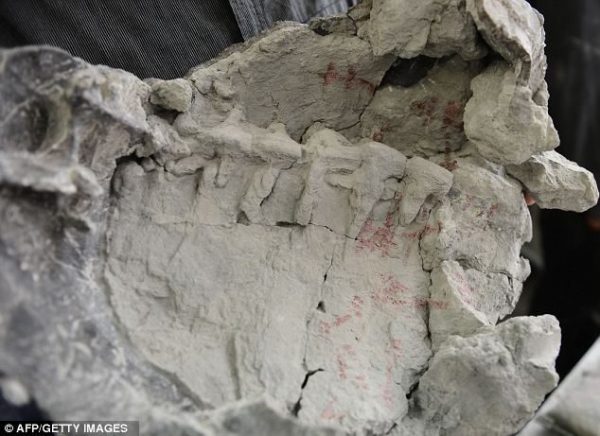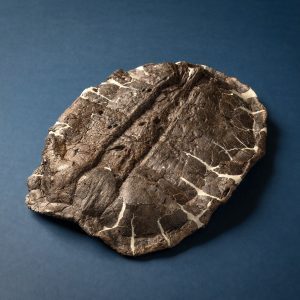In a surprising archaeological marvel, fossilized turtle shells have been unearthed in a Polish rubbish dump near Krakow, dating back an astounding 215 million years.

These ancient relics are deemed the oldest and most complete turtle fossils ever discovered, providing a valuable glimpse into the evolutionary history of these revered reptiles.
The remarkable find was made by palaeobiologist Tomasz Sulej, who followed a hunch and explored a landfill near the town of Poreba, in the Polish Jurassic Highland, in September 2008. Just 15 minutes into his search, Sulej discovered a well-preserved turtle fossil, now confirmed as the oldest of its kind globally.

Published in the Journal of Vertebrate Paleontology and National Geographic Polska, the recent findings shed light on the significance of this discovery. Late-Triassic turtle fossils are exceptionally rare, with only around eight known locations worldwide. The Polish site now stands out as the oldest and most extensive collection of such fossils.

The fossils, found in a clay deposit in the rubbish dump, include shells, neck and tail vertebrae, and limb bones. The discovery has unveiled two species, with one identified as a Proterochersis-type turtle, similar to a fossil found in Germany, and the other potentially representing a smaller, unknown species.

Turtle fossils of this age offer invaluable insights into the ancient reptiles’ origins, potentially solving mysteries that have puzzled scientists for years. The fossils discovered in Poland could aid in understanding the evolution of turtles, thought to have originated from Procolophons, a type of parareptile living in the Permian period.

Despite the challenges facing modern-day turtles, such as habitat loss and exploitation for various purposes, these ancient creatures continue to hold cultural and symbolic significance.
The recent discovery in Poland adds a new chapter to the ongoing exploration of Earth’s prehistoric past, demonstrating the importance of preserving and studying such archaeological marvels.





